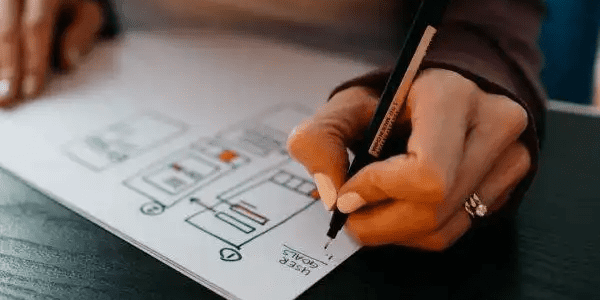Best Ways to Duplicate a Page in WordPress
Introduction
Managing a growing website often requires repeating layouts, designs, or content. Learning how to duplicate page in WordPress saves time, keeps your design consistent, and makes scaling easier. This guide explains what page duplication means, why it matters for design, and how professionals approach it for long-term success.
Why Duplicate Pages Matter in WordPress
Streamlined Workflow

When building websites, efficiency is everything. By duplicating a page in WordPress, designers avoid starting from scratch. Instead of rebuilding a layout element by element, you can quickly replicate existing structures and simply edit the content.
Consistent Design Experience
Consistency is the backbone of user experience. A duplicated page ensures fonts, buttons, spacing, and brand visuals remain the same across multiple sections of your site. This is especially valuable for businesses needing dozens of service pages, product showcases, or landing pages.
Practical Examples
- E-commerce stores: Quickly clone product pages to keep the same visual flow.
- Service websites: Duplicate templates for multiple service descriptions.
- Marketing campaigns: Replicate landing pages for A/B testing variations.
Methods to Duplicate a Page in WordPress
Using Built-in WordPress Options
WordPress doesn’t provide a direct duplicate button, but editors can copy/paste blocks manually in Gutenberg. While this works for simple layouts, it isn’t the best approach for more complex sites.
Page Builder Solutions
Elementor or WPBakery

Most designers rely on page builders. Tools like Elementor make duplicating a page effortless with their “Save as Template” and “Duplicate” features. These allow entire layouts—columns, widgets, styling—to be cloned instantly.
Reusable Blocks
Another method is creating reusable blocks that can be placed on any page. This approach blends duplication with modular design, making updates faster and more centralized.
Plugins for Duplication

There are dedicated plugins like Duplicate Page or Yoast Duplicate Post. With one click, they clone any page or post, keeping metadata and SEO settings intact. This is ideal for site owners without deep design knowledge.
Page Duplication and Web Design
Maintaining Brand Identity
Duplicating pages is not just a technical step—it directly influences design consistency. Fonts, imagery, and layout spacing stay aligned with the overall brand identity, reducing visual fragmentation.
Time Saved Equals More Design Focus
When the technical duplication is handled, designers can focus on polishing details—animations, UX improvements, and mobile responsiveness—rather than rebuilding the same structure multiple times.
Avoiding Common Pitfalls
- Duplicate Content SEO Risks: Always update page titles, meta descriptions, and on-page content after duplication.
- Over-cluttered Templates: Avoid replicating unnecessary elements that slow down performance.
- Unclear Hierarchy: Ensure duplicated pages still fit logically into site navigation.
Professional Advantage: Why Designers Use Duplication
Faster Project Delivery
Design agencies rely heavily on duplication when managing client websites. It shortens project timelines, which means brands launch their sites faster.
Scaling Without Errors
Duplicated templates reduce the risk of design inconsistencies. With pre-approved structures, each new page aligns with the original design standards.
Example in Action
Imagine building a site for a travel company with 50 tour destinations. Without duplication, every page would require hours of manual rebuilding. With duplication, you replicate a “tour template” once, then customize each version. The result: speed, consistency, and scalability.
Our Design Approach
User-First Design Philosophy
When duplicating pages, we always balance efficiency with creativity. Cloned pages form the backbone, but each new page is refined to meet user intent and design goals.
Smart Tools Integration
We combine page duplication methods with custom layouts, SEO-friendly structures, and performance optimization. This ensures duplicated pages aren’t just copies—they are polished assets ready to convert visitors.
Customization for Growth
While duplication creates the framework, customization defines the brand. Designers adjust content, imagery, and calls-to-action to ensure every page speaks directly to its target audience.
Conclusion
Learning how to duplicate page in WordPress is more than a shortcut—it’s a strategy for consistency, scalability, and design efficiency. From e-commerce stores to corporate sites, duplication helps maintain visual identity while saving valuable time.
For businesses seeking professional support, design agencies like AIRSANG take duplication beyond the basics—turning replicated structures into tailored, conversion-driven web experiences that grow with your brand.
















